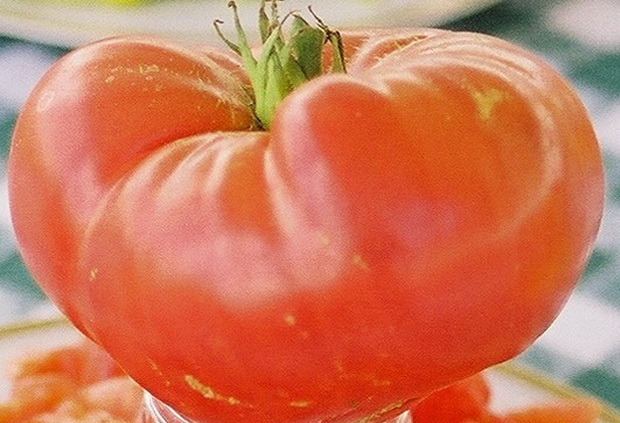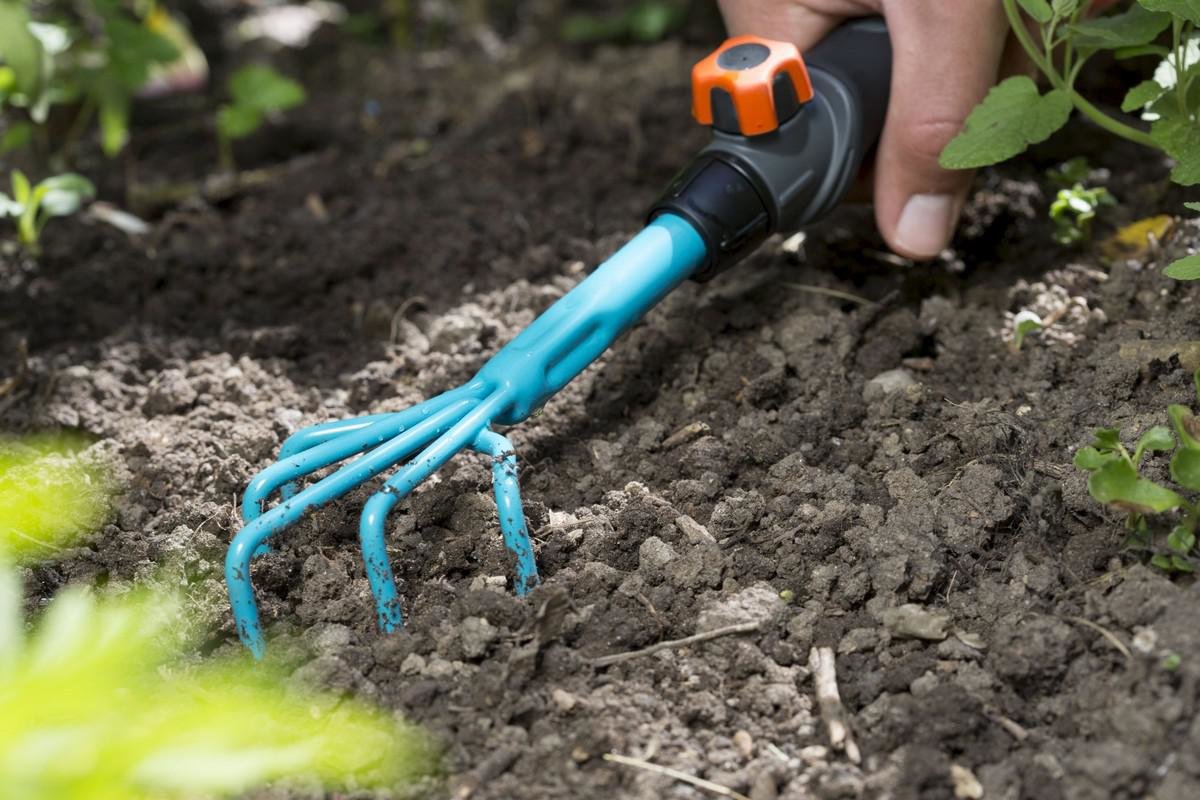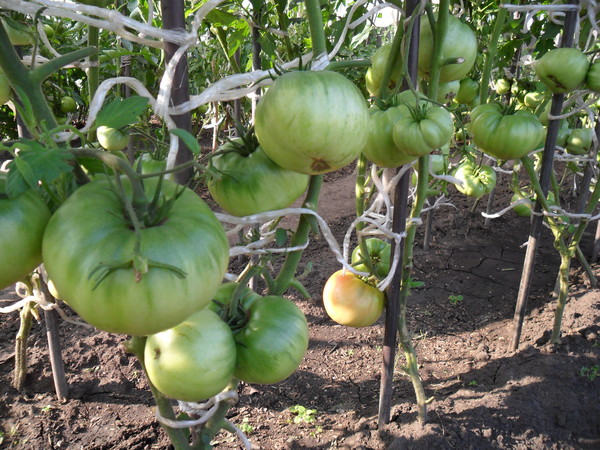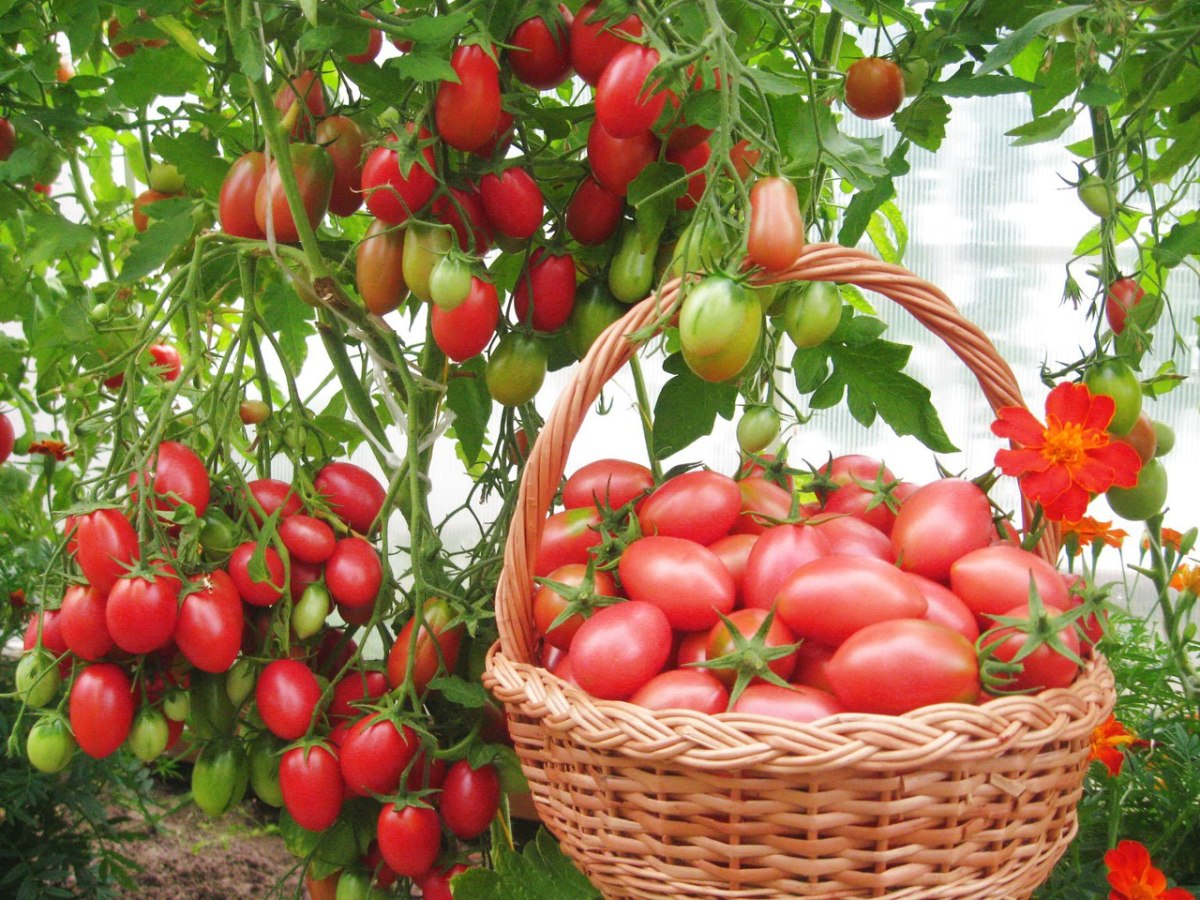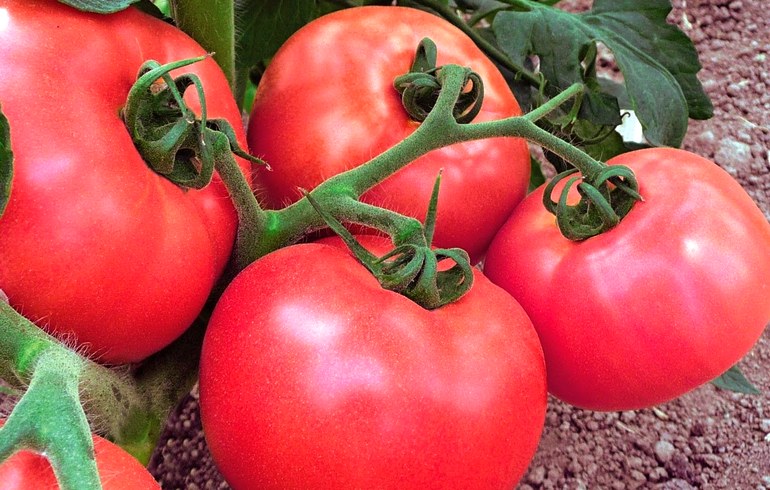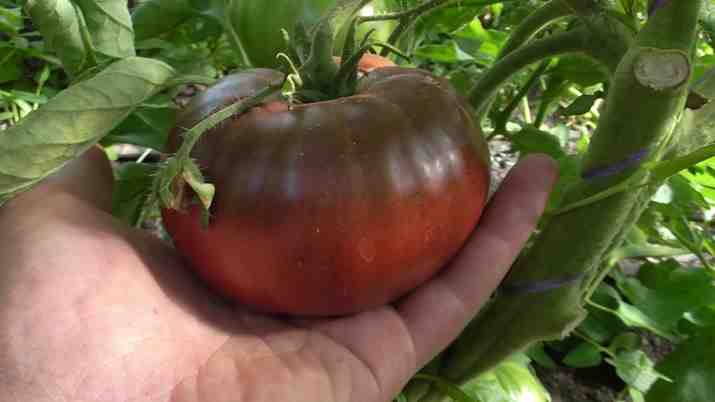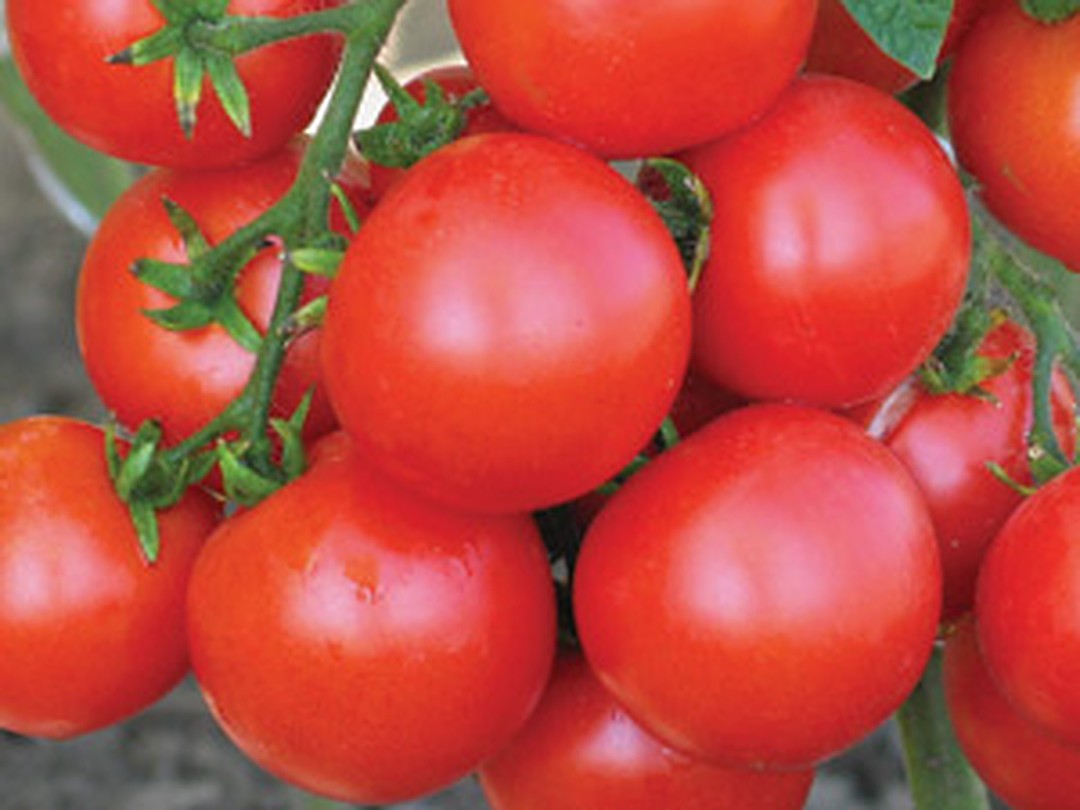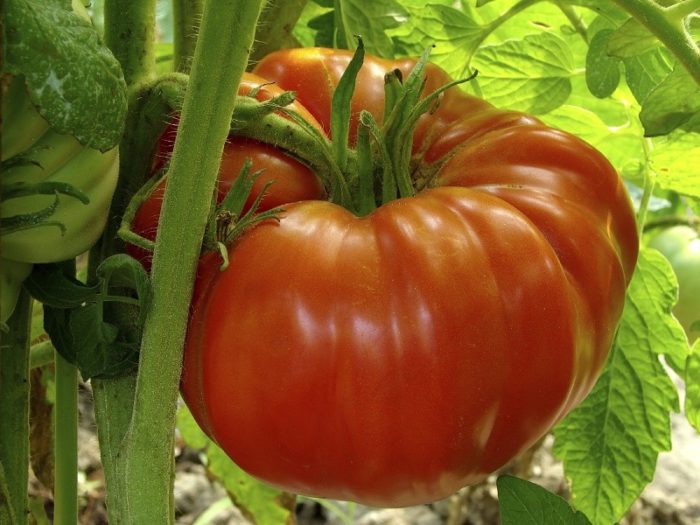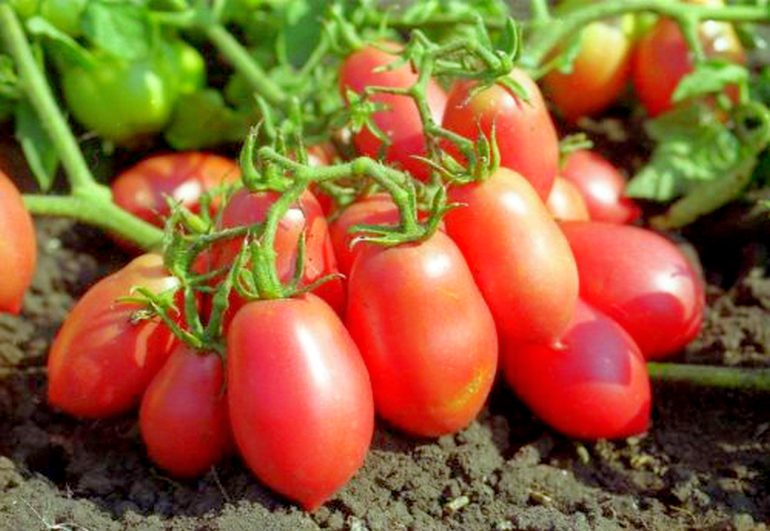Content:
One of the representatives of the Solanovy family - Tomato Altai masterpiece, became popular not only in its native region, but also won the attention of Siberian gardeners, thanks to its taste and neutrality of "character".
History
The vegetable was bred in 2007 by botanists in order to increase the number of varieties that are unpretentious to the climatic conditions of the Siberian region and other territories with a cold temperature regime.
Characteristic
Altai surprise - a mid-season tomato. It is grown both in greenhouses and in the open field. Has strong immunity. Unpretentious to weather conditions. Used for storage and food.
Trunk
Has a strong stem system, reaching up to 200 cm. Leaves are pale green. Branched root system. The rose has a simple inflorescence.
Fetus
The fruits are oval, medium in size, with firm flesh and skin, which reduces the risk of crackling during transport. Vegetables can be red, orange, or pink. The color depends on the variety and indicates a particular variety of the Solanaceae family. The weight of one vegetable varies from 350 to 500 g (in greenhouses, the fruit can weigh up to 1000 g). There is a pronounced taste. In the autumn harvest, the weight of the crop per plant reaches up to 4 kg.
Landing
In order to plant a tomato Masterpiece, it is desirable to have:
- specially prepared soil - the earth should be light with the presence of clay, peat, sand or ash;
- peg for support;
- optimal temperature;
- fertilizers for feeding.
Planting stages:
- sow seeds in a container at home - each tomato in a separate pot;
- pour with settled water at room temperature;
- close the containers with foil or put each container in a small plastic bag and tie it, creating a greenhouse: once every 3 days it is advisable to air the future seedling;
- create a climate with a temperature regime of up to 25-30 degrees Celsius;
- reduce the temperature to 18 degrees and remove the greenhouse after sprouts appear and two weeks before transportation to the street;
- determine in what soil the plant will be planted;
- prepare a landing site - preferably warm and windless;
- plant 2-month-old shoots to a depth of 3 cm - the plants should be 50 cm apart from each other, it is also recommended to plant rows at a distance of 70 cm;
- pour warm water;
- loosen the ground around the seedling.
Care
To get a good harvest, gardeners are advised to do the following:
- loosen the soil around the seedling after each watering;
- fertilize with fertilizers containing a full range of minerals 2-3 times a month;
- water 2 times a week: the amount of watering depends on the dryness of summer;
- remove unnecessary shoots;
- in the process of transplanting a month-old seedling, shorten the main root by 1/3 part in order to obtain a branched root system and make it possible to receive more nutrients;
- form bushes by removing all excess stems except 2;
- to stop the growth of the stem and increase the amount of light entering the fruit, its top should be cut off;
- to improve ventilation of the future harvest, it is advisable to cut the lower leaves.
Recommendations
- Altai pink tomato, the description of which is presented above, can be planted not only in open, but also in closed ground;
- For quick seed germination, you need to create a mini greenhouse;
- To get a strong stem, you need to create an artificial wind next to the sprout;
- It takes 14 hours of light to germinate a seed;
- It is advisable to transplant or dive a tomato seedling when it does not yet have good leaves, then it will more easily transfer the "move" to a new place;
- You need to dive only when several sprouts are planted in one container;
- The transplant process is recommended to be done 2 times:
- until 1 sheet appears;
- up to 5 sheets.
- It is advisable to plant a seedling so that the ground touches the first adult leaf;
- For eating, it is advisable to use only Altai pink tomatoes, and leave green and red tomatoes for storage while preserving the tail.
Yet:
- After planting, it is necessary to prepare a peg in order to use it to raise the plant when fruits appear on it;
- It is necessary to water under the bush, excluding the ingress of moisture on the leaves and stem;
- In the process of pinching, it is necessary to leave one centimeter on the trunk from the shoot. The procedure is recommended to be carried out before the first flowering;
- It is undesirable to plant a tomato bush in place of peppers or eggplants, but if there are no options, then replace the top layer of earth with peat or sand;
- Tomatoes Masterpiece are recommended to be watered only with warm water, since cold water may interrupt the development of the plant's root system.
Disease prevention
To maintain a strong plant immunity, it is recommended:
- spray the bushes with a solution of manganese or poison (from insects);
- loosen and weed the soil frequently, removing weeds and reducing the risk of root rot.
Fruit picking
Experts recommend picking vegetables 1-2 times a week. The number of plucked tomatoes depends on the load on the branches and the purpose of use.
Pros and cons
Among the advantages of the variety in question, it is worth noting:
- yield;
- unpretentiousness when planting - can be planted both in the greenhouse and outside it;
- bright taste and juiciness of fruits;
- the size of the fruit is large;
- good immunity;
- mobility;
- long storage;
- large fruits on all branches of the bush;
- long term of fruitfulness.
The disadvantages include:
- the need for binding;
- late ripening;
- suitable only fresh.
Summing up, it is worth pointing out that the Altai masterpiece tomato was considered, the characteristics and description of the variety of which showed how the proposed variety of the Solanaceae family is beneficial not only in terms of taste, but also fertility.
